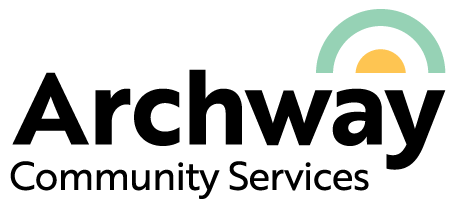
Photo of The REDress Project at Acadia University in 2015 by Christine Rondeau.
May 5th marks National Day of Awareness for Missing and Murdered Indigenous Women, Girls and Two Spirit People (#MMIWG2S).
Assembly of First Nations Alberta Regional Chief Marlene Poitras shared, “When we talk about this issue, it is so critical that we take the time to keep the memories of those we lost alive, and voices of survivors and families at the forefront. That is why days of awareness, remembrance, and action are important. We cannot forget about these injustices and that we all have a role to play in bringing an end to this ongoing tragedy.”
In a 2020 statement, Regional Chief Terry Teegee said, “No one should be ignorant, but should instead make themselves aware of the causes and range of impacts of such violence. Everyone has a responsibility to take swift action to prevent and respond to violence against Indigenous women, girls, and 2SLGBTQQIA+ individuals.”
Background Information:
The missing and murdered Indigenous women and 2SLGBTQQIA people human-rights crisis disproportionately affects Indigenous peoples in Canada (and the United States). Between 1980 and 2012, Indigenous women and girls represented 16% of all female homicides in Canada, despite being only 4% of the female population in Canada.
A 2014 RCMP report, titled “Missing and Murdered Aboriginal Women: A National Operational Overview” found that more than 1,000 Indigenous women were murdered over a span of 30 years. However activists say the number is much higher. BC has the highest number of missing women in Canada and at least 18 women have been killed on the Highway of Tears.
As a group that has been “socially, economically, and politically marginalized,” Indigenous women have been frequent targets for hatred and violence. Underlying factors such as poverty and homelessness contribute to their victimization, as do historical factors such as racism, sexism, and the legacy of colonialism. The trauma caused by abuses under Canada’s residential school system also plays a role. (Source)
Ideas on how to participate on May 5th and raise awareness:
Please take some time to educate yourself on the scope of the issue and underlying causes before participating.
- Wear RED on May 5th and post a photo on social media with one or more of these hashtags
- #NationalDayofAwareness
- #MMIWG2S
- #MMIW
- NoMoreStolenSisters
- Display a red dress. (Template for a dress)
- Of note, the linked resource does not explain why the woman’s hand is raised. Normally, it would have an eagle feather to symbolize solidarity in the movement.
- Attend a community event, like a prayer circle or candlelight vigil, in your community on May 5th
- Post a list of names of missing or murdered Indigenous women from your community
- Share stories of missing Indigenous women on your social media
Resources to Read or Watch:
- Why are Indigenous women missing in Canada?
- 2018 Australian documentary. Canada and Australia share a dark secret: in recent decades thousands of Indigenous women have been murdered or gone missing. What can Australia learn from Canada’s attempts to address the problem? (36 minutes)
- Our Sisters In Spirit
- A short documentary that explores the question of calling a national public inquiry into the issue of missing and murdered indigenous women & girls in Canada or whether there may be a better approach. (36 minutes)
- The REDress Project
- Métis artist Jaime Black created the REDress Project to draw attention to the gendered and radicalized nature of violent crimes against Indigenous women. (3 minutes)
- Highway of Tears Documentary ($1.99 to rent)
- Narrated by Nathan Fillion, Matt Smiley’s hard-hitting documentary Highway of Tears not only movingly relates the personal stories of the victims, but investigates how the legacy of generational poverty, high unemployment and endemic violence in their communities contributed to their tragic fates — and how contemporary First Nations leaders are striving to cure those ills.
- Read about some of the missing or murdered women on CBC
- Read “Reclaiming Power and Place: The Final Report of the National Inquiry into Missing and Murdered Indigenous Women and Girls”
- Read Red Women Rising – Indigenous Women Survivors in Vancouver’s Downtown Eastside
- Shares their powerful first-hand realities of violence, residential schools, colonization, land, resource extraction, family trauma, poverty, labour, housing, child welfare, being two-spirit, police, prisons, legal system, opioid crisis, healthcare, and more.
